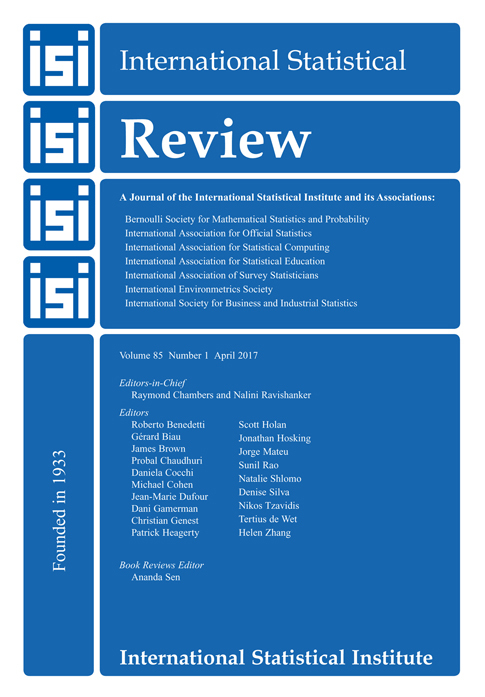Selecting Adaptive Survey Design Strata with Partial R-indicators
Summary
Recent survey literature shows an increasing interest in survey designs that adapt data collection to characteristics of the survey target population. Given a specified quality objective function, the designs attempt to find an optimal balance between quality and costs. Finding the optimal balance may not be straightforward as corresponding optimisation problems are often highly non-linear and non-convex. In this paper, we discuss how to choose strata in such designs and how to allocate these strata in a sequential design with two phases. We use partial R-indicators to build profiles of the data units where more or less attention is required in the data collection. In allocating cases, we look at two extremes: surveys that are run only once, or infrequent, and surveys that are run continuously. We demonstrate the impact of the sample size in a simulation study and provide an application to a real survey, the Dutch Crime Victimisation Survey.




